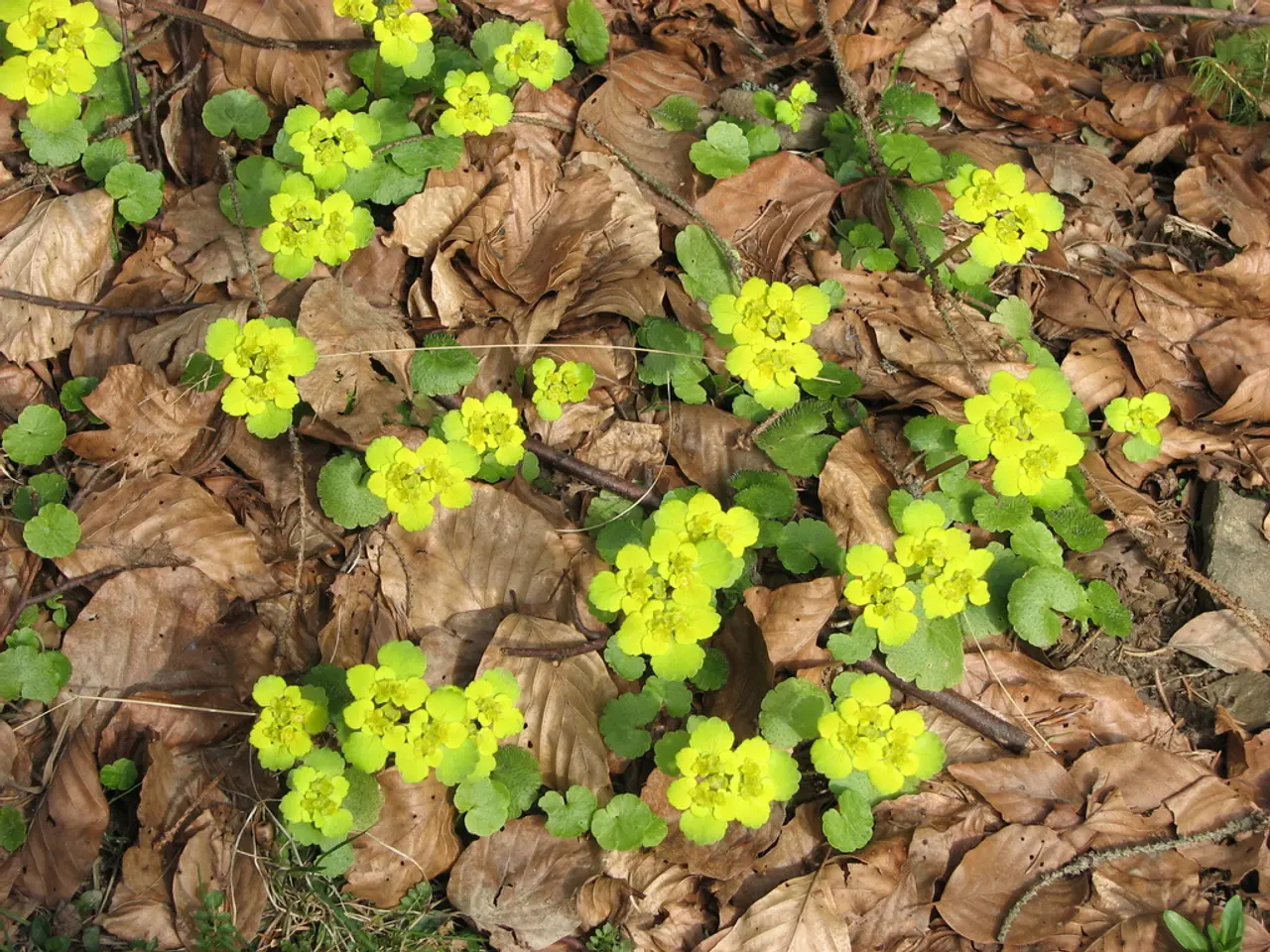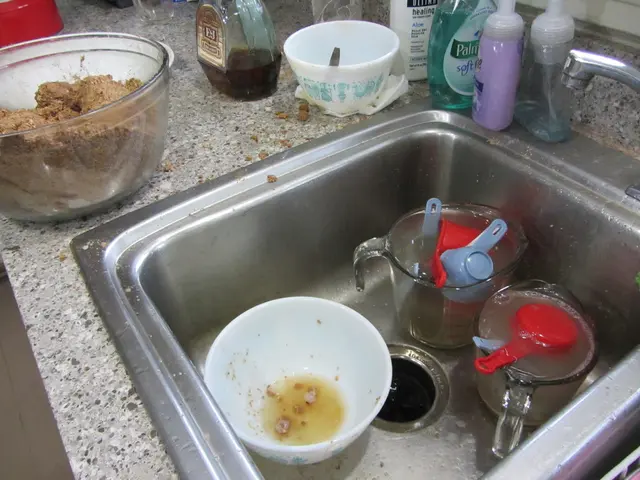CII's Crop Residue Management Initiative Reduces Burning by 339,000 Tonnes
The Crop Residue Management initiative, launched by the Confederation of Indian Industry (CII) in 2018, has seen remarkable growth and success in reducing crop residue burning in India's northern regions. This initiative, aimed at providing viable alternatives to farmers, has expanded significantly and received international recognition.
Initially covering 19 villages, the initiative now reaches 250 villages, benefiting 45,000 farmers across 213,000 acres. This expansion is a testament to the program's success and the increased engagement of stakeholders such as Apraava Energy, Birlasoft, and SIAM, who provide viability gap funding for farm machinery.
The initiative's on-ground interventions include raising awareness, providing machinery support, training farmers, and implementing participatory monitoring. These efforts have led to a significant reduction in biomass burning, preventing over 339,000 tonnes of rice straw from burning by 2020. This reduction has helped alleviate air pollution, a major issue in India's northern regions during winter.
The Council on Energy, Environment and Water (CEEW) is involved in similar initiatives, promoting Custom Hiring Centres (CHCs) for better crop residue management practices. CII's holistic approach to addressing climate change impacts on local communities has been recognized internationally. The initiative was awarded the United Nations Sustainable Development Goals (UNSDG) Action Award in 2020 and the Global Development Award 2021 for community-driven climate-related disaster risk reduction in rural areas.
The Crop Residue Management initiative has demonstrated the potential for viable alternatives to crop residue burning, with significant impacts and scalability. Through increased stakeholder engagement and effective on-ground interventions, the initiative has successfully reduced crop residue burning, contributing to cleaner air and a more sustainable future for farmers and communities alike.
Read also:
- Transitioning to Electric Vehicles Places Heavy Demand on Power Grids
- E-mobility continues its progress after a decade since the scandal, staying on course
- The Commission deems the assistance program to be in agreement with the domestic market regulations.
- Innovative Garments and Accessories Producing Energy: Exploring Unconventional Sources for Renewable Power








